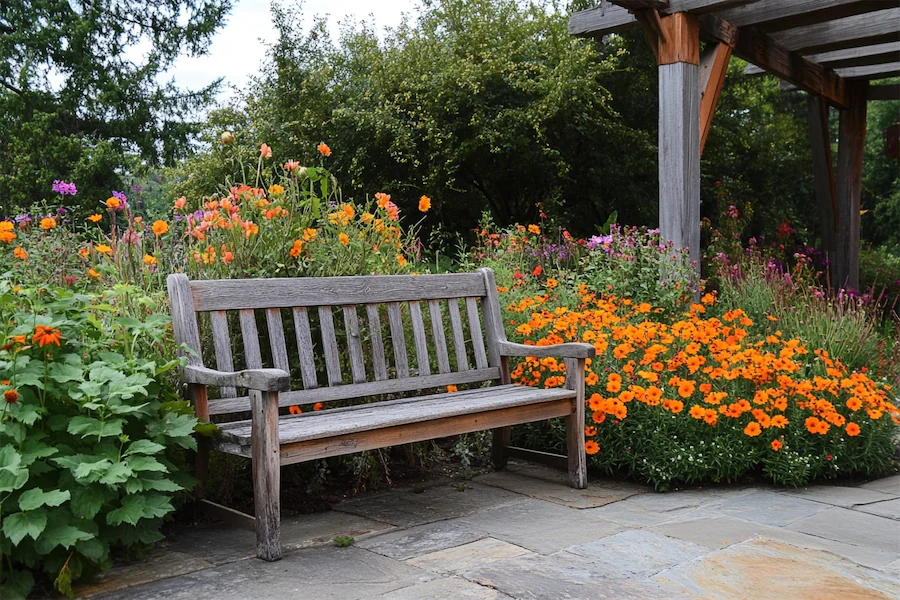A wildflower garden is a cultivated area designed to emulate natural meadows, featuring a diverse mix of native flowers and grasses. These gardens not only offer vibrant visual appeal but also support local ecosystems by providing habitats and food sources for pollinators and other wildlife.
Key Features of Wildflower Gardens
Wildflower gardens are characterized by several distinctive features:
- Biodiversity: Incorporating a variety of native plant species promotes ecological balance and attracts beneficial insects, birds, and other wildlife.
- Low Maintenance: Once established, wildflower gardens typically require less upkeep than traditional gardens, as native plants are adapted to local conditions and often thrive without additional fertilizers or frequent watering.
- Seasonal Interest: By selecting species with different blooming periods, wildflower gardens can provide continuous color and texture throughout the growing season.
Benefits of Wildflower Gardens
Establishing a wildflower garden offers numerous advantages:
- Environmental Support: Wildflower gardens enhance biodiversity, offering habitats and food sources for pollinators like bees and butterflies, which are crucial for ecosystem health.
- Water Conservation: Native wildflowers are often drought-tolerant, reducing the need for supplemental irrigation compared to conventional lawns or ornamental gardens.
- Aesthetic Appeal: The naturalistic beauty of wildflower gardens adds charm and character to landscapes, creating a serene and picturesque environment.
Considerations When Designing a Wildflower Garden
When planning a wildflower garden, consider the following:
- Site Selection: Choose a location that receives ample sunlight, as most wildflowers require full sun to thrive.
- Soil Preparation: While many wildflowers are adaptable, ensuring well-drained soil will support healthy growth. Testing soil pH and fertility can guide any necessary amendments.
- Plant Selection: Opt for native species suited to your region’s climate and soil conditions. This not only increases the likelihood of success but also benefits local wildlife.
- Maintenance Practices: Although low-maintenance, periodic tasks such as mowing or cutting back at the end of the season help manage growth and encourage reseeding.
Conclusion
Wildflower gardens are a harmonious blend of beauty and ecological function. By thoughtfully selecting native plants and providing suitable growing conditions, you can create a vibrant, low-maintenance landscape that supports biodiversity and brings year-round enjoyment.
